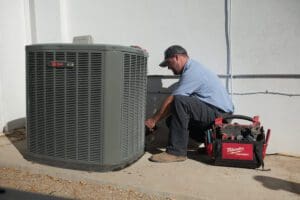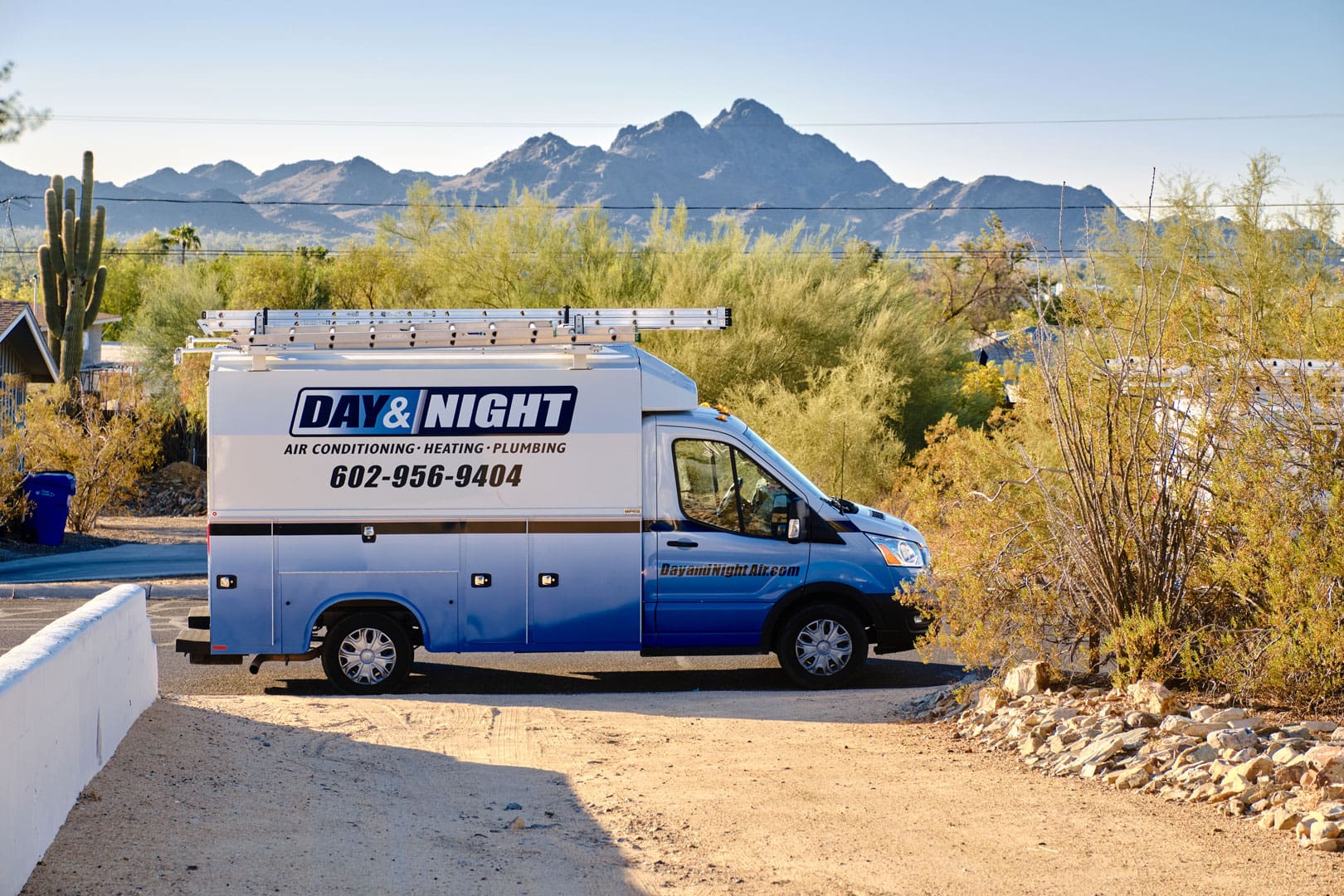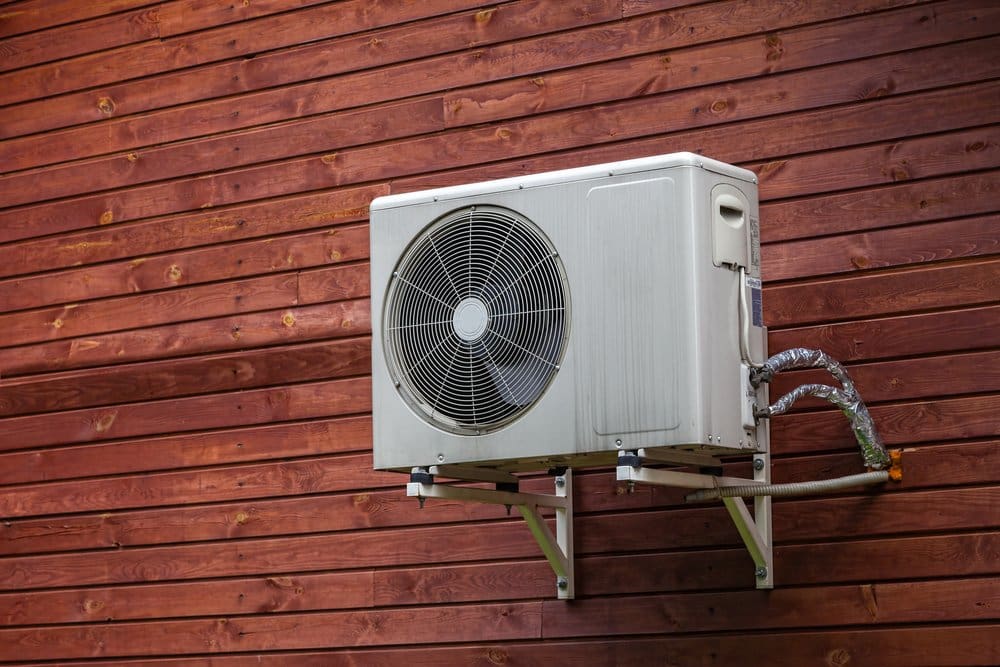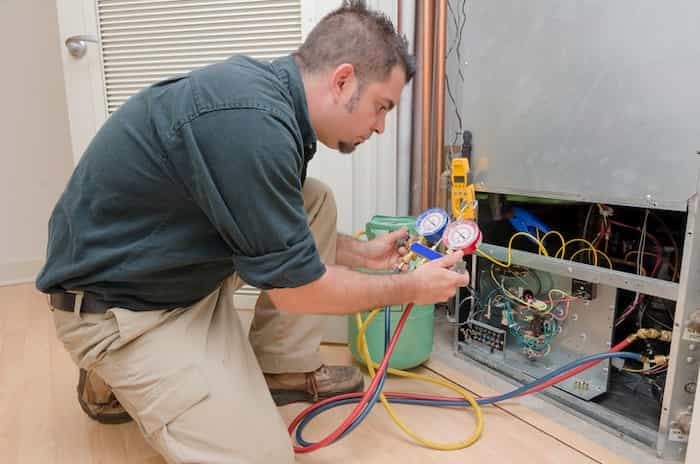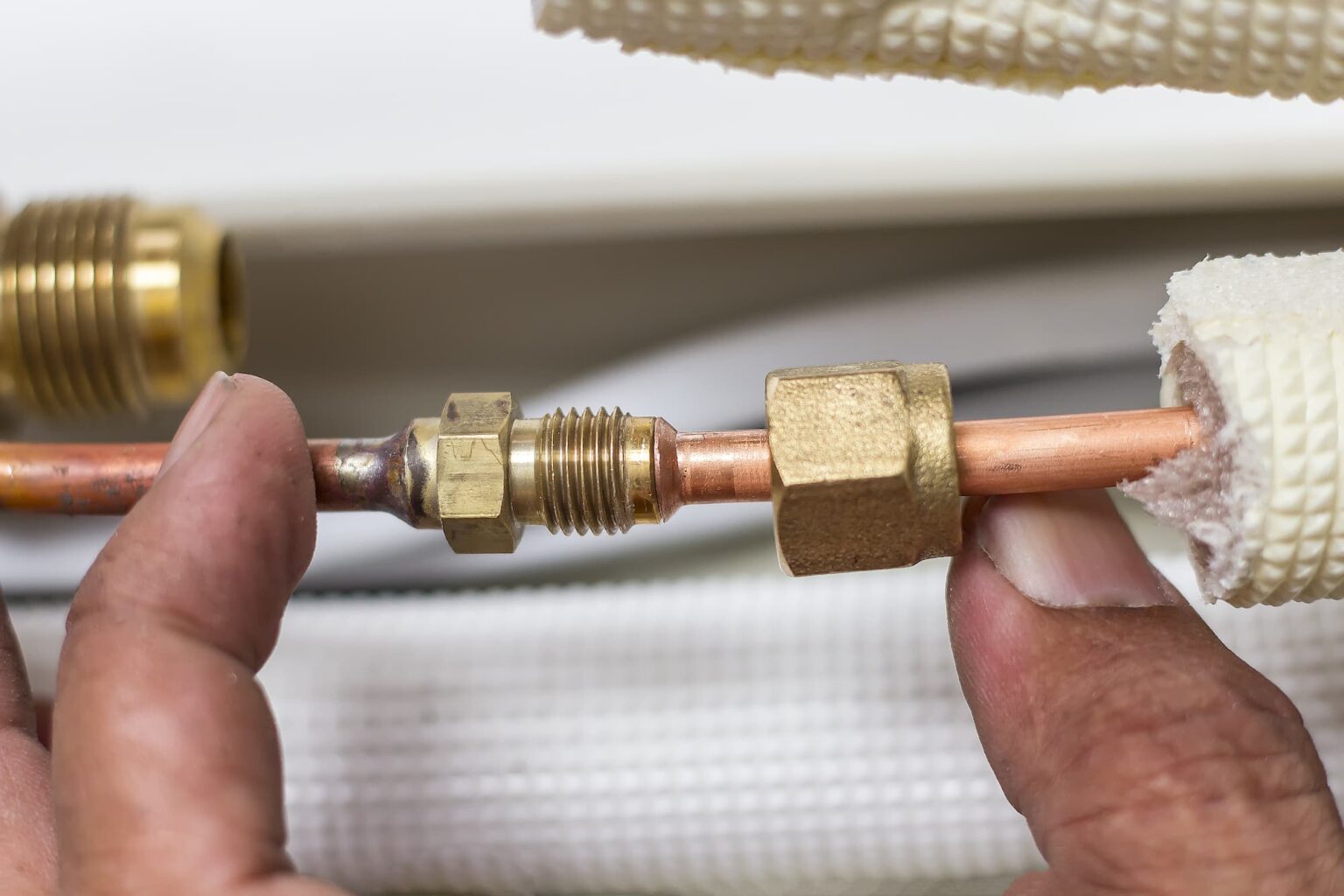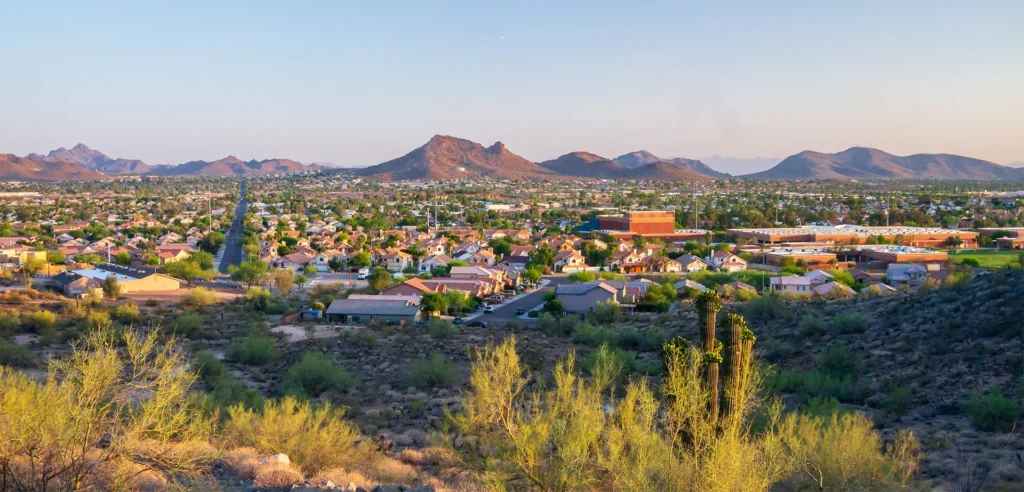A lot of homeowners take plumbing as a joke until something goes in the system. Please do not wait until you get a clogged pipe or a faulty system for you to realize how essential it is to have a regular checkup. Unfortunately for most homeowners, your plumbing systems take ages before a plumber like the professionals at Day & Night Air Conditioning, Heating & Plumbing checks on them. It could be a case of sheer ignorance or lack of know-how on how to do it for some. Luckily for you, you’re on the right page!
A top-notch plumbing company gives a breakdown of a plumbing maintenance checklist that you can use in your home.
Inspection and Maintenance Tips
Look Out for Water Leaks
First, you can start by turning on the faucets to examine any leaks from the water valves or handles. The leaks may not be obvious to spot, but signs of moisture like mold under the sink or watermarks are some of the most common signs to look out for.
Water leaks may seem trivial, but they cause a lot of water wastage, which later reflects in your water bills. Unfortunately, if this problem is not fixed early enough, it could result in more significant problems in the long run.
Look out for Overflows in Your Drainage
When draining off water, a faulty drainage system shows some splashing bubbles, which signifies a problem with your drainage. Also, a defective drainage system will mostly lead to overflows, especially when large amounts of water need to be drained away, especially after a toilet flush or after a bath.
Check for Changes in Water Pressure
As long as you’re a regular user of your faucets and bathroom shower, you will have an idea of how your water flows. At times, changes in water pressure may not always indicate a fault since there could be a water ration that is causing the water not to pump as it should.
If your shower’s pressure is not consistent as it used to be, chances are some sediments have settled on the showerhead, and you should clean it up sooner. Doing a weekly routine checkup will help save you lots of money in the long run. If this persists, it would be essential to call in a professional plumber to determine the problem.
Things to Check Frequently
Compare Your Utility Bills
If there are significant disparities in the monthly payments, it could easily mean that there’s a leak in your system.
Check The Water Meter
What you need to do is ensure that all the water faucets in your house are closed. The next step is to ascertain that the meter is not running. If your meter still runs after you have closed your taps, this could mean that there’s undetectable water leakage in your system. If this happens, it’s time to call in a plumber in Phoenix to check it out.
Also, you can take the last meter reading at night and compare it with the meter reading the following morning. If there are any disparities, mainly if no one used the water through the night, it could mean a leakage in the system.
Check The Emergency Shutoff Valves
The emergency shutoff valve is meant to cut off the water supply to the main faucet in your house. An emergency valve can be one for the whole house, and for some, they separate. For example, the kitchen, bathroom, and toilet may each have separate emergency valves.
It would be ideal to do a random inspection on the emergency shutoff valve to ensure that it cuts off the water supply as emergency episodes may happen in your home, and you’ll need them to work perfectly. If you notice any of these, then now would be the best time to call a professional plumber to correct any mishap before the situation gets messy.
When to Call a Professional
This is where you start to take on more significant projects that might not make sense on a smaller scale.
Look Out for Major Water Leaks
This time around, you don’t just check the faucets for water leakages. In a quarterly inspection, you check if there are signs of corrosion on the water pipes or watermarks on the ceiling and walls. These checks build on the weekly leak inspections. Go beyond your showerhead and faucets to check the lines in your walls and basement.
Check for Sediment in The Water Aerator and Showerhead
The chances are that there are sediments in the showerhead and water aerator, which makes the water pressure from the two sources low. The water aerator serves the same purpose as the showerhead in ensuring a smooth flow of water in the faucet. You will need to clean it up. If you can’t handle it, call a professional to help you do it the correct way.
Check the Caulk around the Bathtub and Shower
Caulk is the form of a waterproof seal that is used to prevent water and air from settling in your home. In plumbing maintenance, caulk is used primarily around the shower and bathtub to seal those gaps. If the caulk is damaged, it means unnecessary air and moisture is being let in.
Therefore, you need to check, and if it appears damaged or old, you can seal it with silicone or use a new caulk altogether. If you don’t know how to replace the old caulk, call in a professional to handle this for you.
Annual Inspection and Maintenance Tips
Annual maintenance is more thorough than routine weekly, monthly, or quarterly checkups. You may have done minor repairs in the previous regular checks, but there could still be more hidden damages that need to be permanently replaced to prevent much bigger problems.
Know What Needs Replacing
As much as you do your routine checkups, some constantly used fixtures like the toilet flapper need constant replacement. The plumbing technician in Phoenix should help decide on other fittings that need urgent replacement and repair or cleaning.
Check the Sump Pump (Sewer Line)
The sump pump is almost like the central drainage pit system located in your home’s basement. It helps drain off accumulated water in your home; therefore, if it is dirty or clogged up, it could be disastrous to your home’s drainage system. If, after uncovering it, it appears clogged up, do a thorough cleaning of the pump and ensure all the dirt is removed.
Also, clean up the pit if necessary. If the sewer line is not well maintained, it would cost you much more money to replace it. Also, don’t forget to unclog every other drainage leading to the central sewer system—all these work hand in hand.
Look Out for Misalignments and Repairs
Due to other natural factors, the pipes often get misaligned, causing severe issues to the required water pressure. Misalignment can also happen when the fittings used to wear out or become loose. In an annual inspection, these misalignments get realigned, and replacements are made where need be.
Drain Out The Water Heater
Boilers tend to have sediment settlement at the bottom. However, with time, this leads to rust, inefficiency, and a shorter life. Since boiler systems work differently, please don’t take the risk to clean them without following the manufacturer’s manual. Removing the sediment prevents you from experiencing more expenses.
A good plumber should help you with a reference checklist that helps you do the time-to-time routine checks. They should also help you with simple DIY tricks that you can exercise if they are unavailable during a plumbing emergency by bad luck. If you get used to doing these routine maintenance checks and rectifying them early enough, you avoid “hurting your wallet” in the future. Please don’t wait for a plumbing emergency to get it fixed!
About the Author
Jennifer Bell is a freelance writer, blogger, dog-enthusiast, and avid beach goer operating out of Southern New Jersey.

